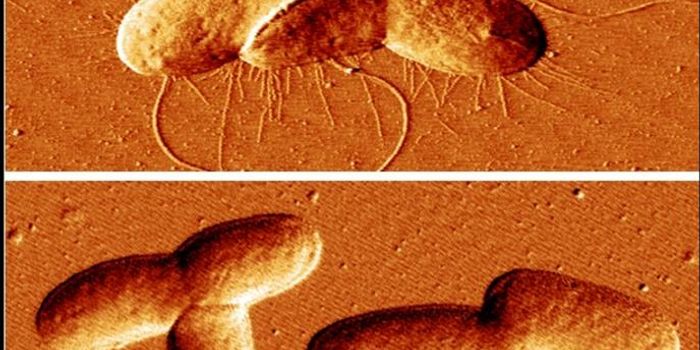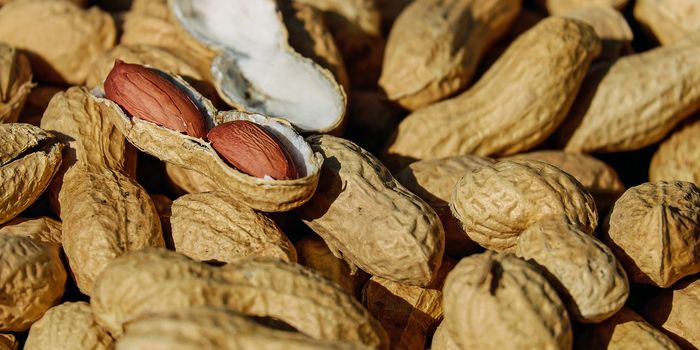Massive Gene Transfer From Bacteria to Fly is Discovered
Researchers used new, long-read genetic sequencing technology to show that there are bacterial genomes within the genome of one species of fruit fly. This discovery seems to be the largest known instance of a gene transfer from a bacterium to an animal. Genes once moved from Wolbachia bacteria to a type of fruit fly; this is thought to have happened about 8,000 years ago. The findings, which were reported in Current Biology, have also shown how this may have occurred. The study authors noted that while many of us may think of evolution as a slow process, this shows that it's not always a predictable, gradual, or small event.
"We did not have the technology previously to unequivocally demonstrate these genomes-inside-genomes showing such extensive lateral gene transfer from the bacteria to the fly," noted study leader Julie Dunning Hotopp, Ph.D, a Professor at the University of Maryland School of Medicine's (UMSOM) Institute for Genome Sciences (IGS). "We used state-of-the-art long-read genetic sequencing to make this important discovery."
The human genome is massive. Old sequencing techniques can read sections of DNA, but only in portions of about 500 to 1,000 base pairs. While that strategy may work for most genes, it's not effective when sequencing a genome of billions of bases; it simply takes too long. So a new method was devised in which the genome was broken up into small bits, then those bits were sequenced, and computers were used to assemble all the sequence bits into a whole genome. This effort was successful for the vast majority of the genomes of humans and other species.
In another advance in gene sequencing, scientists have been able to look at much longer sequences. These long-read approaches allow researchers to assess sequences that are over 100,000 base pairs long.
Long-read sequencing was used in this study, then the investigators followed up on the bacterial genes in the fruit fly genome to see if they were functional. Indeed, the bacterial genes were found as active RNA transcripts that had been edited and modified, which is a typical part of DNA transcription - when active genes are procesed so proteins can be generated.
All of the bacterial DNA integrated into chromosome 4 of the fly, so about 8,000 years ago, this fruit fly's chromosome 4 got about 20 percent larger. Not only was the full genome from a Wolbachia bacterium identified, the researchers also found a second genome that was almost complete, inside the fly genome. Some regions of bacterial DNA were copied up to ten times in the fly genome.
"There always have been some skeptics about lateral gene transfer, but our research clearly demonstrates for the first time the mechanism of integration of Wolbachia DNA into this fruit fly's genome," said Dunning Hotopp.
Wolbachia bacteria can infect insect cells, and normally, Wolbachia genes are transmitted in female egg cells. These infections may be mutually beneficial, and might be providing viral resistance to some insects.
Sources: University of Maryland School of Medicine, Current Biology









